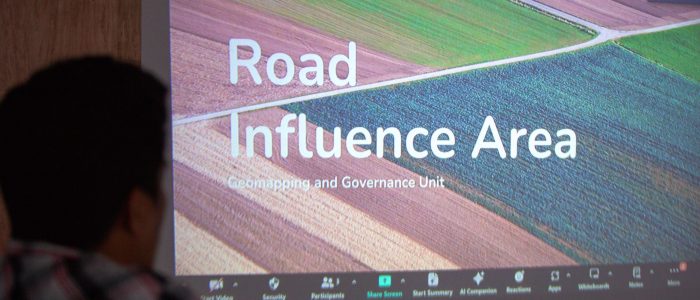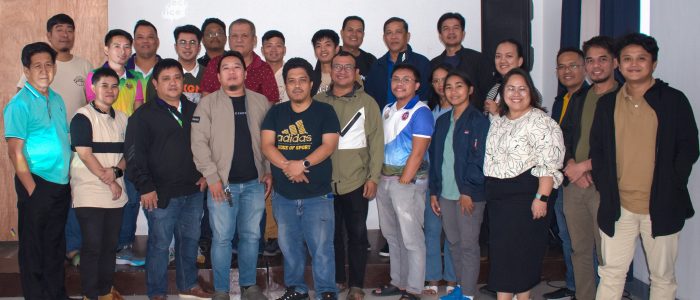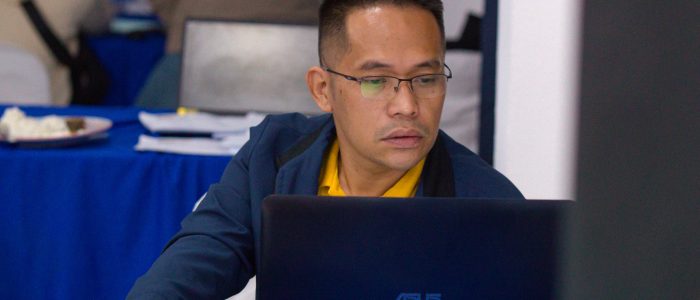The Philippine Rural Development Program (PRDP) continues to pave the way for a modern, climate-smart, and market-driven agri-fishery sector in the country. One of its key initiatives, the Formulation on Tools and Process of Regional Agro-Fisheries Investment Portfolio (RAFIP), aims to enhance investment planning and decision-making in the agricultural sector.
Bringing together stakeholders, policymakers, and technical experts to discuss innovative tools and methodologies for sustainable rural development. The activity took place in Marabut, Samar from March 19 to 21, 2025.
The event is set to gather 50 participants from various sectors, including representatives from provincial and municipal LGUs from Samar, Eastern Samar, Northern Samar, Leyte, and Southern Leyte, and multiple technical personnel from the Visayas and National Project Coordination Offices.
The main goal of this initiative is to orient and capacitate local government units (LGUs) and stakeholders in effectively utilizing RAFIP and Road Influence Area (RIA) methodology for project planning and implementation. Specifically, the activity aims to familiarize LGUs and other stakeholders with the RAFIP tools and processes, enhance understanding of the policies and guidelines governing the RIA methodology, and equip technical personnel with the knowledge and skills to develop comprehensive Commodity Maps that outline key agricultural commodities, production areas, and value chain integration.
By the end of the three-day activity the participants were able to update the RIA Guidelines for LGU implementation, finalize RIA output for pipeline projects ensuring better project assessment and monitoring, and strengthen capacity of LGUs and regional stakeholders in investment planning and geospatial analysis.
The Formulation on Tools and Process of RAFIP cum Enhanced RIA Methodology is a significant step in refining investment strategies for the Philippine agricultural sector. Through collaborative efforts, advanced methodologies, and the integration of ICT tools, the program seeks to enhance transparency, strengthen governance, and drive sustainable rural development. As the country moves towards a more climate-resilient and market-driven agricultural economy, initiatives like this are vital in ensuring that investments yield long-term benefits for communities, farmers, and stakeholders alike.




